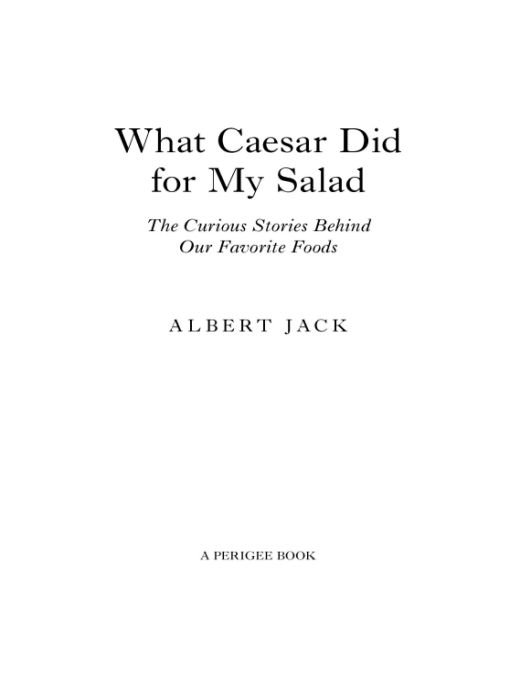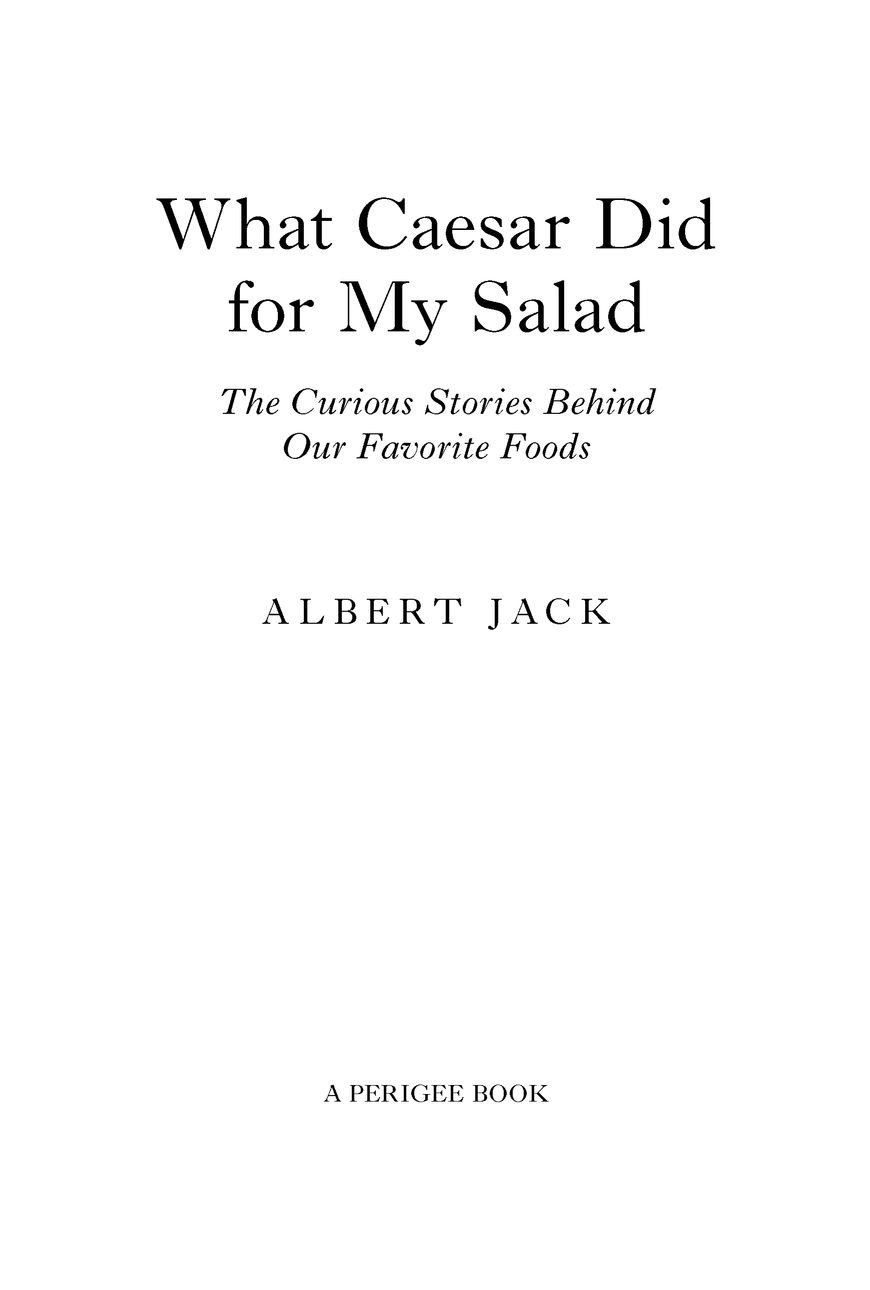Table of Contents
Also by the author
Red Herrings and White Elephants
Black Sheep and Lame Ducks
Phantom Hitchhikers and Decoy Ducks
Loch Ness Monsters and Raining Frogs
Pop Goes the Weasel
The Old Dog and Duck
This book is dedicated to all cooks everywhere.
What would we do without you?
Acknowledgments
Thanks in the first place should go to chef Liam Tomlin for all the advice and encouragement during the early days. Not to mention access to the best food-history library I have ever seen. Thank you, Chef! Also to the lovely Jan Tomlin, who enthused and encouraged and kept giving me other new ideas to go and look up. Dimo Papachristodoulou, my favorite Mexican, helped, too, as did Candice Kalil with her angry pasta, and thank you, Celeste Perry, for allowing me to use your restaurant in Cape Town as an office. For further ideas and research kindly provided from those across the world, thanks to Louise De Jager in Australia and Jessica Roher in South Africa.
Peter Gordon returned to the team this year with the now famous Morecambe and Wise incident. One Saturday morning, two years ago, as I stayed with him for a few days en route from America to South Africa, we were so engrossed in discussing this book that it was after midday before we realized we were both still in our pajamas. Although at the kitchen table, mind you, and not in bed like Morecambe and Wise.
And finally I would like to thank my team at Penguin, especially my editor, Maria Gagliano. And then in no particular order: Christina Lundy, Angela Januzzi, and Jennifer Eck. Thank you all.
Introduction
Food is just as entitled to a proper history as castles, wars, kings, queens, art, literature, or the bubonic plague. But the book world is now so saturated with celebrity chefs trying to show the working woman or man how to rub garlic on a ciabatta or break lime leaves over a piece of raw fish that weve lost sight of many of our best-loved dishes, not to mention the stories behind them showing how they became such classics in the first place. And while I dont swear at incompetent sous-chefs for a livingI dont in fact know one end of a pork loin from its elbowI do love history, and I especially love food. The history behind our favorite dishes is fascinating and full of surprisesfrom the Buddhas obsession with porridge to the dying playwright Molire dosing himself with Parmesan rather than medicine (it didnt work, in case youre wondering). Its also sadly overlooked, and so I wanted to find out more.
In the Monty Python film The Life of Brian, the would-be rebels ask: What have the Romans ever done for us? Well, one unexpected answer I discovered in my research is that, among many other things, they invented fast food. Instead of cooking, you could dash out from your high-rise apartment (they invented those, too) to your nearest street vendor to grab some takeout. Its amazing to see how much food has changed yet how it has stayed the same: how the peasants of the Middle Ages scraped by on sludgy pease pudding (healthier fare, even so, than the meat-rich dishes of their wealthy overlords), while todays modern-day peasant, the penniless student, survives on the tastier but not dissimilar baked beans on toast.
This dish, as I discovered, might well hail from Francean offshoot of cassoulet, their classic bean stewand that country, with a bit of help from Italy, has had a huge influence on European cooking. But rather than just explaining how cooking techniques have evolved over the centuries, I wanted to tell the stories about the people behind the food we eat every day. Who was Margherita, for instance, and why was the worlds most famous pizza named after her? And what about Suzette: why do pancakes flambed in Grand Marnier bear her name? Weve all enjoyed peach Melba at some point, or spread some butter on a piece of Melba toast, so wouldnt it be a great idea to tell the story of the demanding diva, Dame Nellie Melba, for whom these dishes were created? And, of course, no history of food would be complete without the tale of how that inveterate gambler the Earl of Sandwich came up with the snack that bears his name and now forms the mainstay of every lunchbox and buffet.
Once Id started my research, all sorts of intriguing questions kept popping up. Why do we call our favorite kinds of coffee espresso or cappuccino, for instance? Did medieval Turkish soldiers really invent the shish kebab by threading bits of meat onto their swords and balancing them on top of their campfires? What exactly does horseradish sauce have to do with our equine friends? Turn a few more pages and youll find the answers to all these questions and many more.
You can look up a dish or type of food in the index or just turn to a relevant meal. As youll see, I have structured this book around the eating day, starting with a chapter on breakfast and ending up with cheese as the final course for dinner. These days we eat all kinds of foods at all times of day, and so the chapters arent completely rigorous in their organization: appetizers are fairly interchangeable with starters, for instance.
The meals we eat and when we eat them have shifted over the years to reflect our increasing mobility and changing lifestyle. But they can still be a reflection of who we are. For example, everybody knows what breakfast is and, in that sense, we are all the same. If you call it brunch, then you should probably get up earlier.
Do you call your midday meal lunch? If so, you are probably middle class, reasonably well off, and would spend all afternoon over it if you didnt have to go back to work. If you call it a business lunch, then youve clearly no intention of going back at all.
Interestingly, this is actually the meal with the longest pedigree. At the beginning of the sixteenth century, the main meal of the day took place at around 11:00 a.m., for rich and poor alike, and was called dinner, thanks to the Old French word disner, deriving in turn from desjeuner and meaning to break the fast (as well as providing the modern French word for breakfast).
The day ended with supper or, as it came to be known in England, tea, which was a light snack eaten as the sun went down and just before everybody went to bed. The introduction of artificial light meant that meals no longer had to take place in daylight hours: generally the richer you were, the more candles you could afford and the later you ate dinner (i.e., the main meal of the day).
Incidentally, if you call a meal with friends a dinner party, then you probably also call lunch lunch. But you should definitely be wary of guests who throw their keys into a bowl when they arrive. The last time that happened I ended up with my own set.
As you make your way through this book, you will see how food has affected the course of history (the Boston Tea Party, for example, or the Irish Potato Famine) and how it has, in turn, been affected by history. Youll see, for instance, how Prohibition brought out the resourcefulness of American chefs, in the form of various dishes from Caesar salad to fruit cocktail; and how the rising price of pepper was the real reason behind Columbuss voyage to America. And interspersed among the entries on food youll find everyday phrases relating to the things we eat, and the stories behind them, from


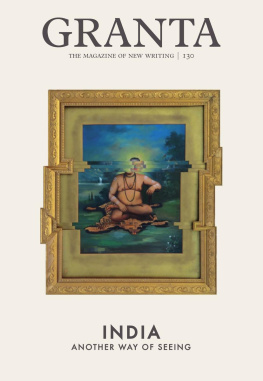
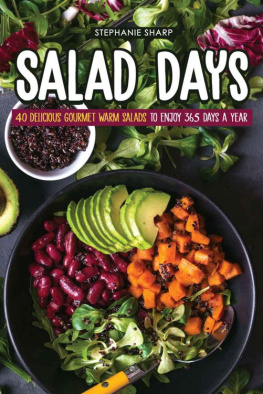
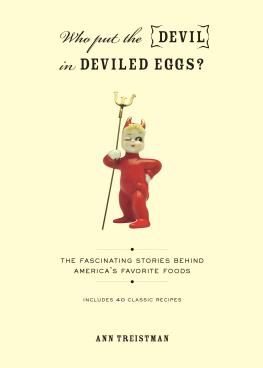
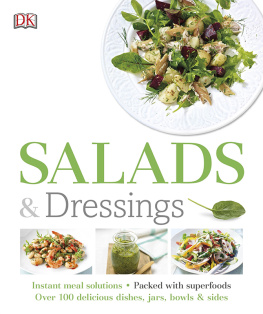
![Schurman - The Everything Salad Book: Includes Raspberry-Cranberry Spinich Salad, Sweet Spring Baby Salad, Dijon Apricot Chicken Salad, Mediterranean Tomato Salad, Sesame! EhWd]e Coleslaw](/uploads/posts/book/94669/thumbs/schurman-the-everything-salad-book-includes.jpg)

